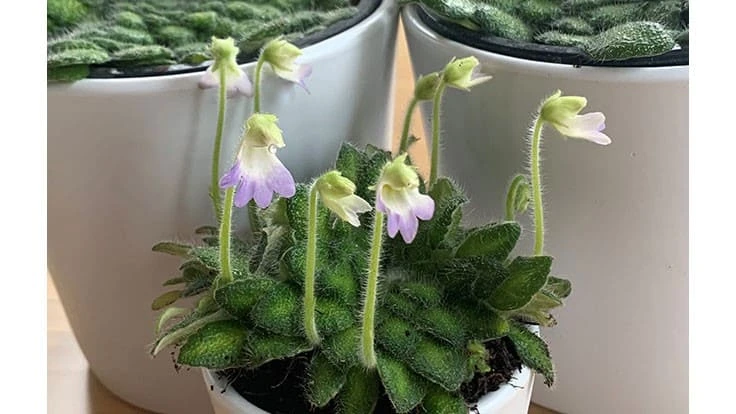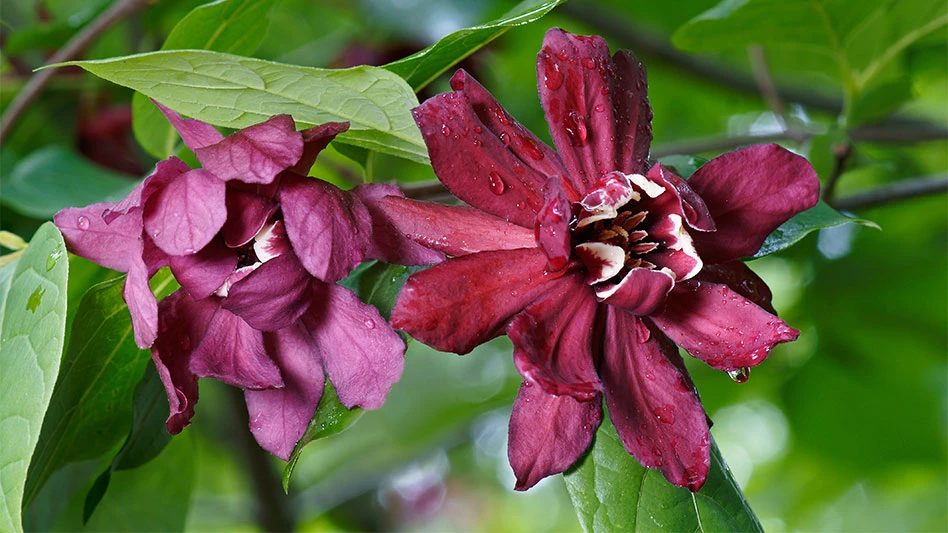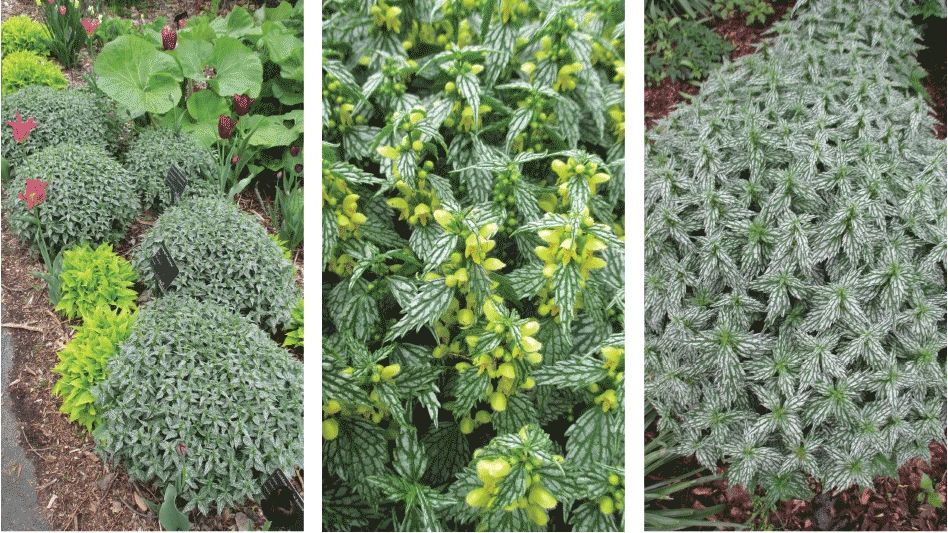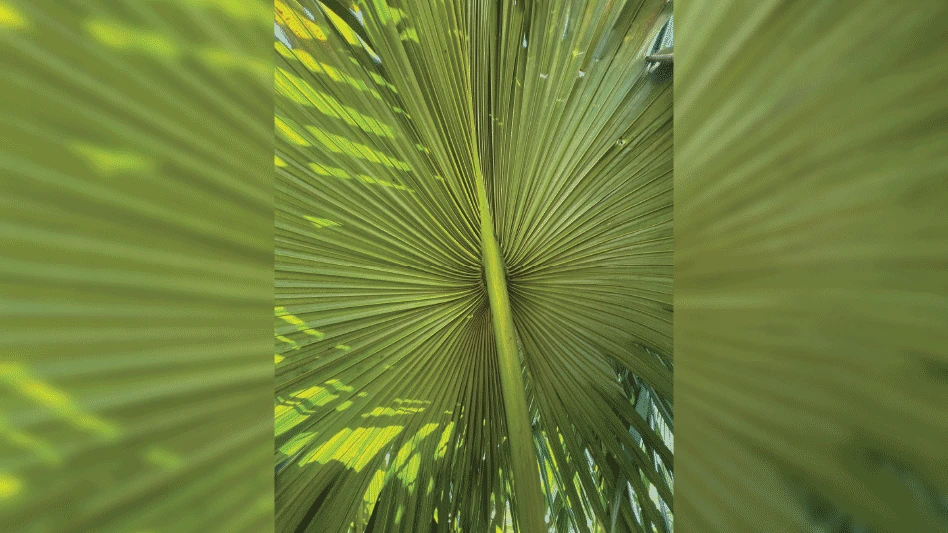
Mark Leichty

I belong to a lot of plant groups, both on social media and in real life. Without listing all of them, I will simply say that one of my favorites is the Gesneriad Society. Many books have been written about the family Gesneriaceae, which was named after the Swiss naturalist Conrad Gessner (1516-1565). I want to introduce you to one genus, Petrocosmea, which contains around 50 species. Of the known species, 40 are native to China. The remaining are native to northeast India, Myanmar, Thailand, and southern Vietnam.

Petrocosmea translates to “pretty rock” and describes the niche that plants in the genus thrive in. Most grow in the limestone karst regions of southern China. If you recall, Begonia ferox, which I wrote about in the February issue, is also native to this region. Petrocosmea grows at higher elevations than B. ferox, from 1,200 to 6,000 feet. Many prefer cooler temperatures, and even tolerate a few degrees of frost. Several years ago, I was attracted to an outdoor planting of several species of Gesneriads at the Rhododendron Species Botanical Garden near Seattle, Washington. One of the plants was labeled Petrocosmea sp. They had a few plants for sale at the gift shop, so I bought them. I later identified the plant as Petrocosmea cryptica, formerly known as P. rosettifolia.

The plants have a very intriguing, flattened rosette. They almost look like they were grown with a weight pressing down on them. The leaves are distinctly hairy, helping the plants to survive periods of drought. Leaves are also somewhat shiny and covered with tiny bumps. Each leaf has a bright green central axis radiating out to darker green leaf margins. Flowers are light lavender and held up on 2- to 3-inch stalks. Like many Gesneriads, Petrocosmea cryptica is easy to propagate from leaf cuttings. I think it has tremendous potential as a houseplant. Outdoor trials at the Rhody garden indicate the plant is hardy to 32°F and possibly slightly lower with protection. I find it more interesting than its cousin, the African violet, though its flowers are not as showy. Growers should certainly consider adding this eye-catching plant to their production.


Explore the April 2022 Issue
Check out more from this issue and find your next story to read.
Latest from Nursery Management
- These companies are utilizing plastic alternatives to reduce horticultural waste
- NewGen Boxwood added to Proven Winners ColorChoice line
- Terra Nova releases new echinacea variety, 'Fringe Festival'
- American Horticultural Society names winners of 2025 AHS Book Awards
- Nufarm announces unified brand
- American Horticultural Society announces winners of 2025 Great American Gardeners Awards
- Shifting the urban environment
- The Growth Industry Episode 3: Across the Pond with Neville Stein






